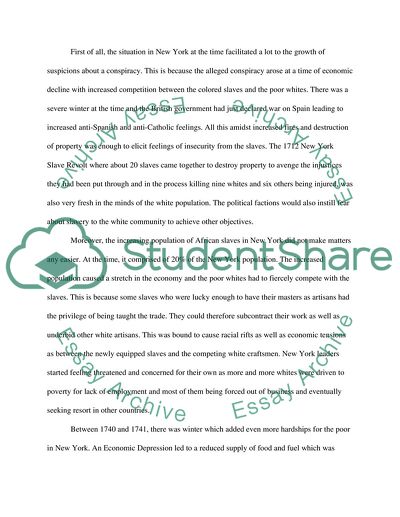Cite this document
(“New York in the 18th Century Essay Example | Topics and Well Written Essays - 1500 words”, n.d.)
Retrieved from https://studentshare.org/history/1584320-new-york-in-the-18th-century
Retrieved from https://studentshare.org/history/1584320-new-york-in-the-18th-century
(New York in the 18th Century Essay Example | Topics and Well Written Essays - 1500 Words)
https://studentshare.org/history/1584320-new-york-in-the-18th-century.
https://studentshare.org/history/1584320-new-york-in-the-18th-century.
“New York in the 18th Century Essay Example | Topics and Well Written Essays - 1500 Words”, n.d. https://studentshare.org/history/1584320-new-york-in-the-18th-century.


